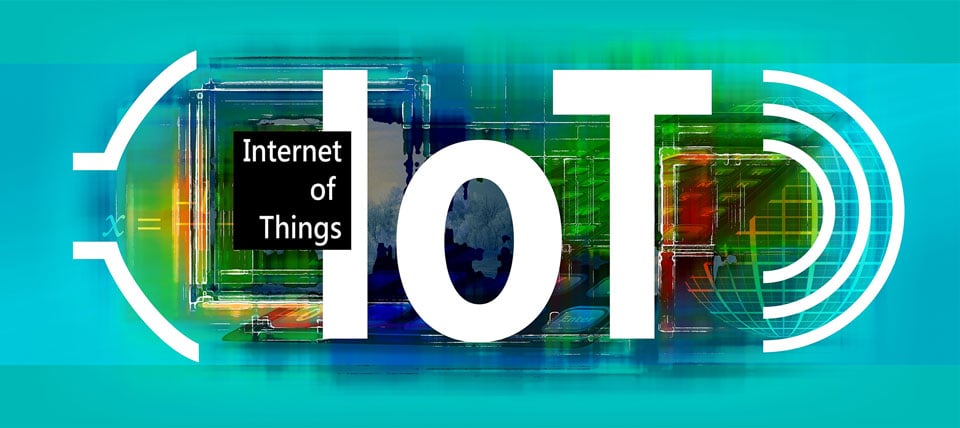This article was written by Bill Lydon, chief editor at InTech magazine.
Business analysts, industry consultants, venture capitalists, and major vendors are forecasting enormous Internet of Things (IoT) growth with estimates of massive numbers of sensors being deployed to instrument everything. Executive management at companies are being bombarded with an overwhelming message: if they do not invest in the adoption of IoT technologies, their competitors will dramatically outperform them.
For example, Gartner, Inc., forecast that manufacturing, utilities, and transportation will be the top three verticals using IoT in 2015 with 736 million connected things in use. By 2020, the ranking will change with utilities in the number one spot, manufacturing second, and government third, totaling 1.7 billion IoT units installed. Many industry experts and analysts are telling industry leaders to adopt the Internet of Things concepts in their business or they will fail.

This is creating an unfocused urgency and zeal to monitor everything, which could lead to over instrumenting automation systems and creating data noise. Careful application engineering needs to be done to avoid too much data, which can create data noise and be counterproductive. This is similar to proper alarm rationalization. In the early days of industrial automation and even today, new installations systems start with far too many alarms defined. We have learned over time that this can create serious problems.
Most of the incident investigations performed by the government agencies cite alarm floods as being a significant contributing cause to industrial incidents, including Three Mile Island, Bhopal, and Texaco Milford Haven. These incidents have led to detailed systematic alarm rationalization to evaluate all potential or existing alarms against principles established in an alarm philosophy document, to qualify which are legitimate alarms, to specify their design, and to capture rationale such as cause, consequence, and corrective action, which can be used to guide operator response.
Similar logic and process should be applied to the addition of sensors, and this will become more important as IoT thinking expands the amount of sensor-acquired data to improve operations, maintenance, and productivity to avoid creating data noise. There is no free lunch; acquiring and monitoring meaningless noisy data is wasted time and money that could be used more productively.
Executive management interest in IoT is an opportunity for automation professionals to fund projects to improve business performance, making their companies more productive. Automation professionals have the skills, experience, and know-how to make these investments yield positive results by recommending well-thought-out additions for more monitoring that add value. If automation people do not take on this function, the specification of monitoring and instrumenting everything by business analysts could lead to unintended consequences and problems. I suggest that automation professionals need to lead the analysis so industry avoids future data rationalization efforts.
A version of this article also was published at InTech magazine.




